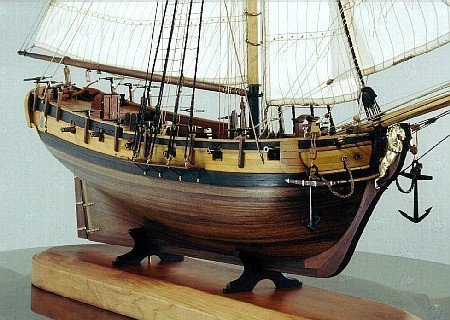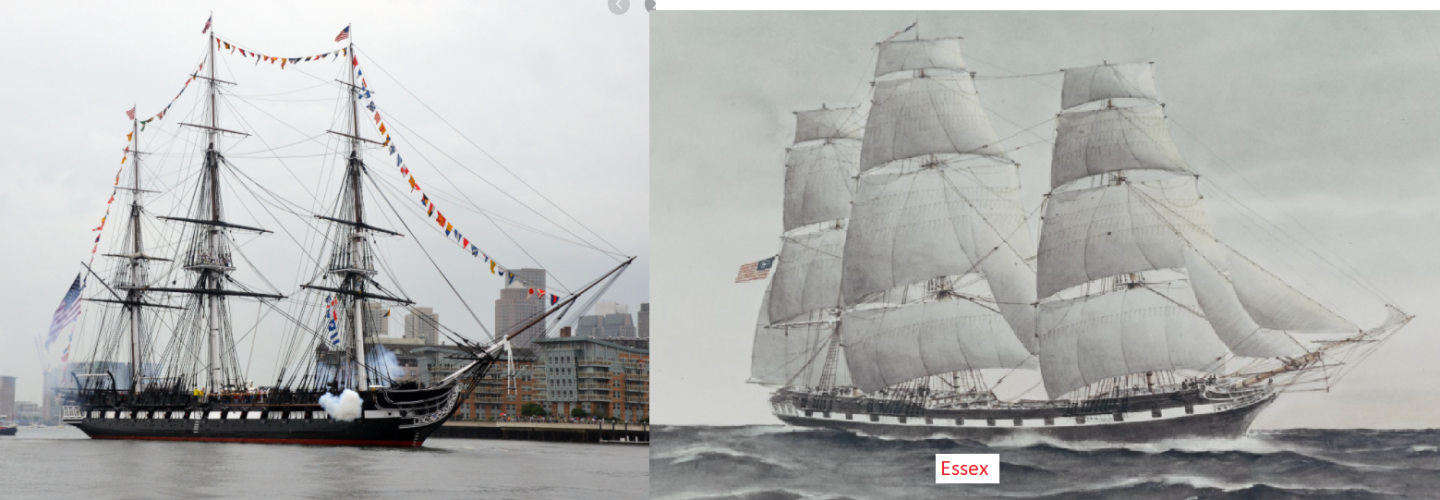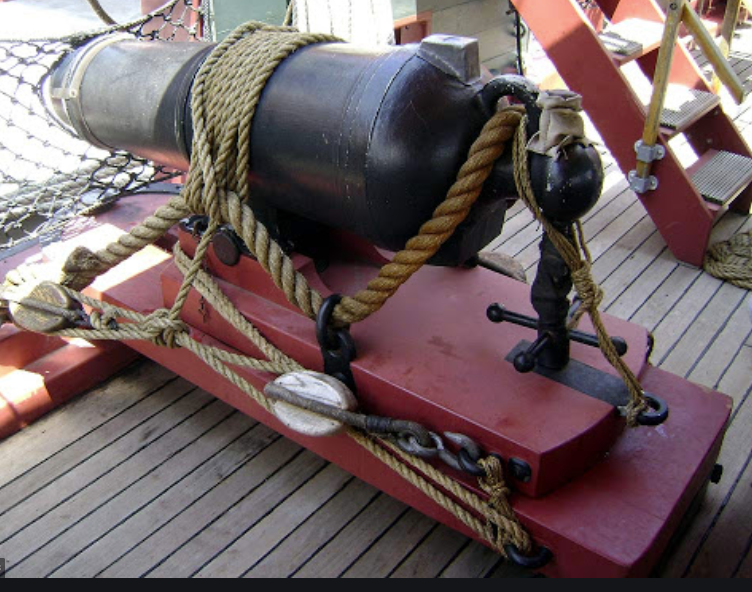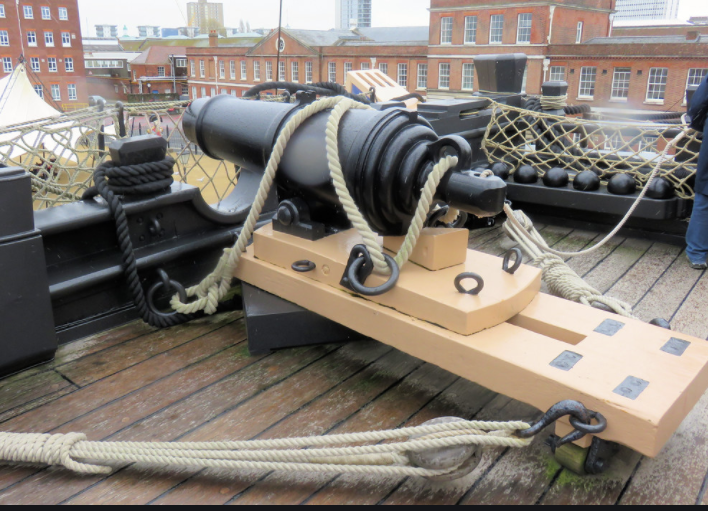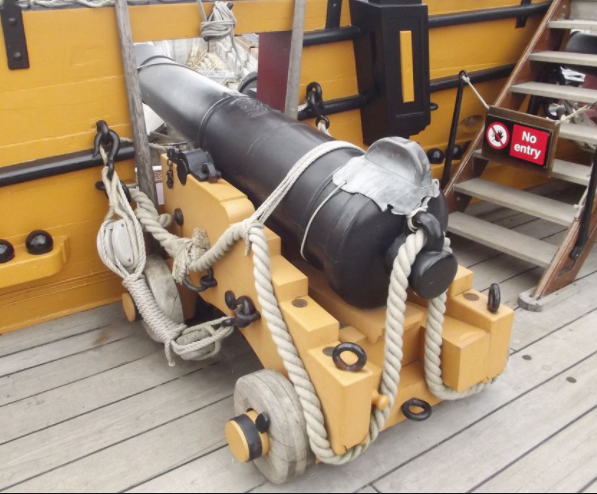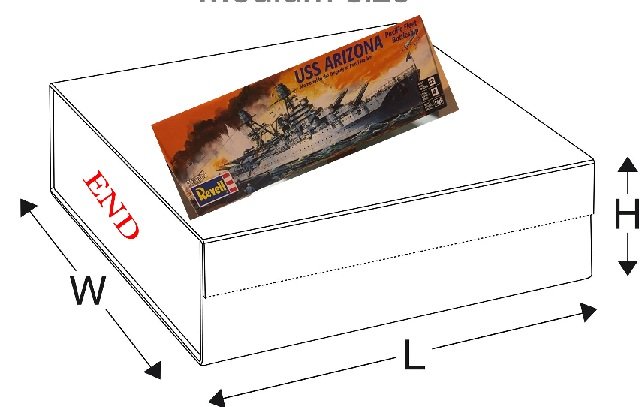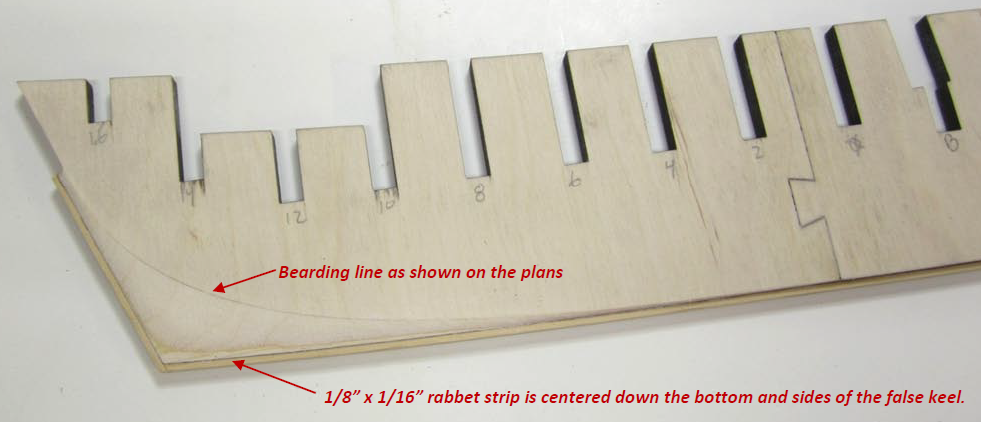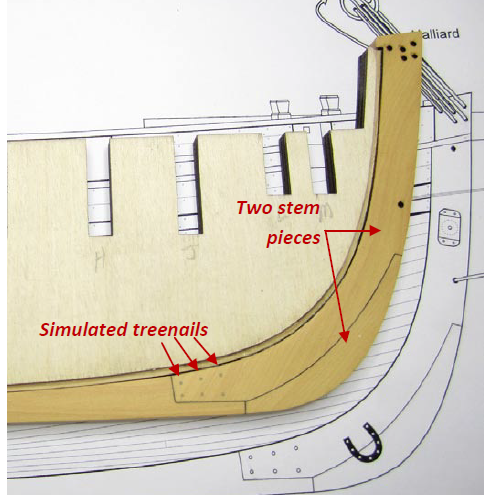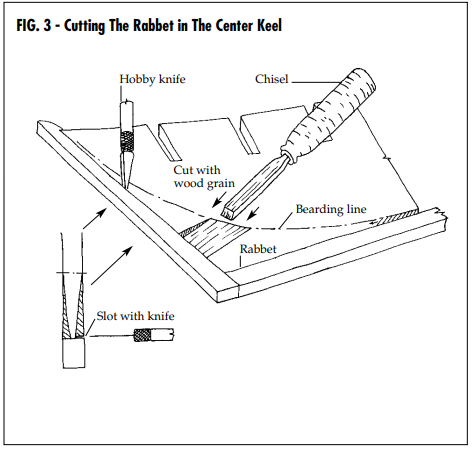-
Posts
3,141 -
Joined
-
Last visited
Content Type
Profiles
Forums
Gallery
Events
Everything posted by Gregory
-
I was just thinking, if someone had the information, they might share it, instead of sending the questioner off to a source that might, or might not, have the information they were looking for... Maybe David Antscherl could share. Here is a plan from the book : The Frigate Constitution and Other Historic Ships by F. Alexander Magoun
-
Byrnes Table Saw making a 1mm by 1mm strip
Gregory replied to CharlieZardoz's topic in Modeling tools and Workshop Equipment
Has anyone mentioned blade height? I wouldn't have the blade height much higher than the final thickness, and also at low RPM.. -
If you decide to glue them, just some white glue in the hole should keep them in place, but allow for easy removal if you need to later.. Meanwhile your cutter is really looking great!
- 436 replies
-
- vanguard models
- alert
-
(and 1 more)
Tagged with:
-
Just found this in another discussion:
-
Someone mentioned AOTS, which is 32-Gun Frigate Essex (Anatomy of the Ship, which would be the best source, depending on your budget. Not cheap, but Googling shows copies for less than $50.. While there are those who would argue the details, the general arrangement of the Constitution might be an option. There are lots of resources for Constitution rigging plans.
-
Have you checked out the pricing at Cornwall Model Boats ? Even after shipping costs, the price can be very competitive..
-
I've been told the flat coils might have been used for inspection, but not on a working ship. I have never seen a contemporary model or illustration with the coils. Here is what you see on brig Niagra Another method is called frapping, as seen here on Victory. I think the coils are a modeling convention from who knows where. In the end, it is how you choose to present your work.
-
Can someone have pity on a landlubber and tell me what the " hair bracket " is? You can imagine what Google came up with.
- 1,784 replies
-
- winchelsea
- Syren Ship Model Company
-
(and 1 more)
Tagged with:
-
There is also the option when building a POB kit, of using an offset strip a'la Chuck, down the center of the backbone .. Image from Chuck's Cheerful instructions. Notice the groove created by the rabbet strip, that serves as the rabbet at the stem. Of course, kits that haven't provided separate parts for the stem, keel and sternpost, would not lend itself to this method.
-
This is far above anything available in a kit. Beautiful work.. I don't think it would be unreasonable to try to recover some of your development cost in your pricing structure before the cheap knock-offs show up. I know there is already a lot on your plate, but perhaps sometime in the future you could offer headrail upgrade kits for kits like Syren and Confederacy.
- 1,784 replies
-
- winchelsea
- Syren Ship Model Company
-
(and 1 more)
Tagged with:
-
Here is a basic drawing from some of the ModelShipways kits. The idea, is that the final planking fits flush with the keel and stern post. So the depth depends on the thickness of your planking material and whether or not you will be doing single or double planking.. For instance, if the keel piece is 3/16 and your total planking material is 1/16, you would want the bearding line and rabbet to be recessed 1/16 on each side of the keel piece. Regardless of the thickness of the keel piece, the depth of the bearding line and rabbet needs to be the thickness of your planking. There is tapering to be done, but you have to refine that as you go along.
-
I helped out in a school cafeteria for a while. Even though we are talking about simple dishes that the staff had prepared hundreds, if not thousands of times, if a supervisor came through, and you did not have the recipe nearby, you would be severely reprimanded.
-
Reading them, is sometimes the only way to determine they are useless..😄
-
Topsail schooner sail plans and rigging
Gregory replied to Dr PR's topic in Masting, rigging and sails
Now, if you would kindly show all the lines and their belaying points...😁- 104 replies
-
- schooner rigging
- Topsail schooner
-
(and 1 more)
Tagged with:
About us
Modelshipworld - Advancing Ship Modeling through Research
SSL Secured
Your security is important for us so this Website is SSL-Secured
NRG Mailing Address
Nautical Research Guild
237 South Lincoln Street
Westmont IL, 60559-1917
Model Ship World ® and the MSW logo are Registered Trademarks, and belong to the Nautical Research Guild (United States Patent and Trademark Office: No. 6,929,264 & No. 6,929,274, registered Dec. 20, 2022)
Helpful Links
About the NRG
If you enjoy building ship models that are historically accurate as well as beautiful, then The Nautical Research Guild (NRG) is just right for you.
The Guild is a non-profit educational organization whose mission is to “Advance Ship Modeling Through Research”. We provide support to our members in their efforts to raise the quality of their model ships.
The Nautical Research Guild has published our world-renowned quarterly magazine, The Nautical Research Journal, since 1955. The pages of the Journal are full of articles by accomplished ship modelers who show you how they create those exquisite details on their models, and by maritime historians who show you the correct details to build. The Journal is available in both print and digital editions. Go to the NRG web site (www.thenrg.org) to download a complimentary digital copy of the Journal. The NRG also publishes plan sets, books and compilations of back issues of the Journal and the former Ships in Scale and Model Ship Builder magazines.

